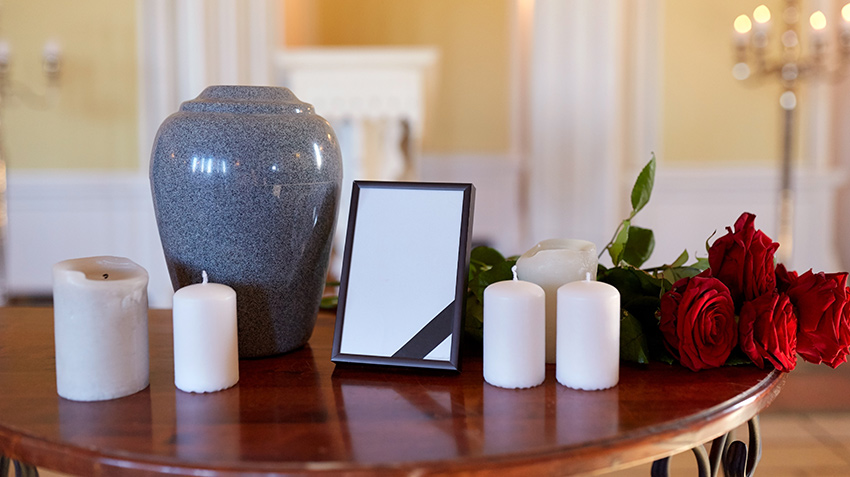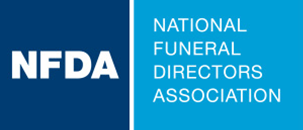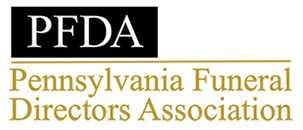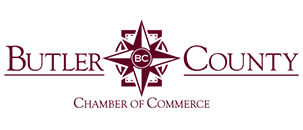
Despite being a fairly common practice in many parts of the world for thousands of years, cremation only became commonplace in the US over a hundred years ago.
In 2020, the rate of cremation in the United States rose to 56.1% and is predicted to rise to 72.8% by 2030. In fact, it’s not uncommon to find many individuals planning ahead to be cremated once they pass away.
If this is an option you’ve been thinking about, here is what you need to consider if you’re planning a cremation service instead of a burial.
It needs to be a decision everyone is on the same page with
Before going ahead with a cremation, this is a decision you will need to make with the rest of your loved ones, especially if the person who has passed away did not express any preferences about their funeral arrangements.
It’s important to keep in mind that for the cremation to go forward, the deceased’s next-of-kin will need to provide their consent; if the deceased was married, their spouse will need to grant their permission. If they weren’t married but have children, all of the children will need to sign off on it.
The different cremation options available
In the USA, there are four types of cremation services, these are:
Direct cremation
Direct cremation is generally a very simple ceremony. The whole process just involves filling out the relevant paperwork, having the body of the deceased transported to the crematorium and carrying out the cremation.
The cremation usually takes place 48 hours after death and embalming may not be carried out.
After this, the ashes will be given back to the family in an urn if this is something they request.
Witnessed cremation
Certain crematoriums may allow a few family members to witness the body before the cremation and be present when it takes place.
This allows the family of the deceased to say one final goodbye and it may allow them to pass on any last-minute keepsakes to the deceased.
Cremation with a memorial service
With this option, the memorial service is usually organized a day or two after the body has been cremated. Compared to a traditional funeral service, memorial services may be easier to organize given that they can be held anywhere.
Cremation with a traditional funeral service
Here, the funeral service will be carried out traditionally and will involve embalming and renting a casket. The service will include all the costs associated with a traditional funeral and will include viewings and visitations.
After the funeral concludes, the body will be cremated.
What comes next?
After the cremation has concluded, you must decide how the remains will be handled. You can choose to have the cremated remains placed in an urn that you can keep in the family home or ask for the urn to be buried at the cemetery.
Depending on the wishes of the deceased, you can also scatter the ashes at a location that was significant to them.
Speak to a professional funeral home to find out more about cremation services
Deciding whether you want your loved ones to be buried or cremated can be a difficult choice, especially if you don’t know what their wishes were. If the concept of cremation is something new to you and your family, it can be stressful to figure out where to get started.
When you get in touch with a professional funeral home, they will give you the guidance and support you need to make the appropriate arrangements and give your loved ones the send-off they deserve.



